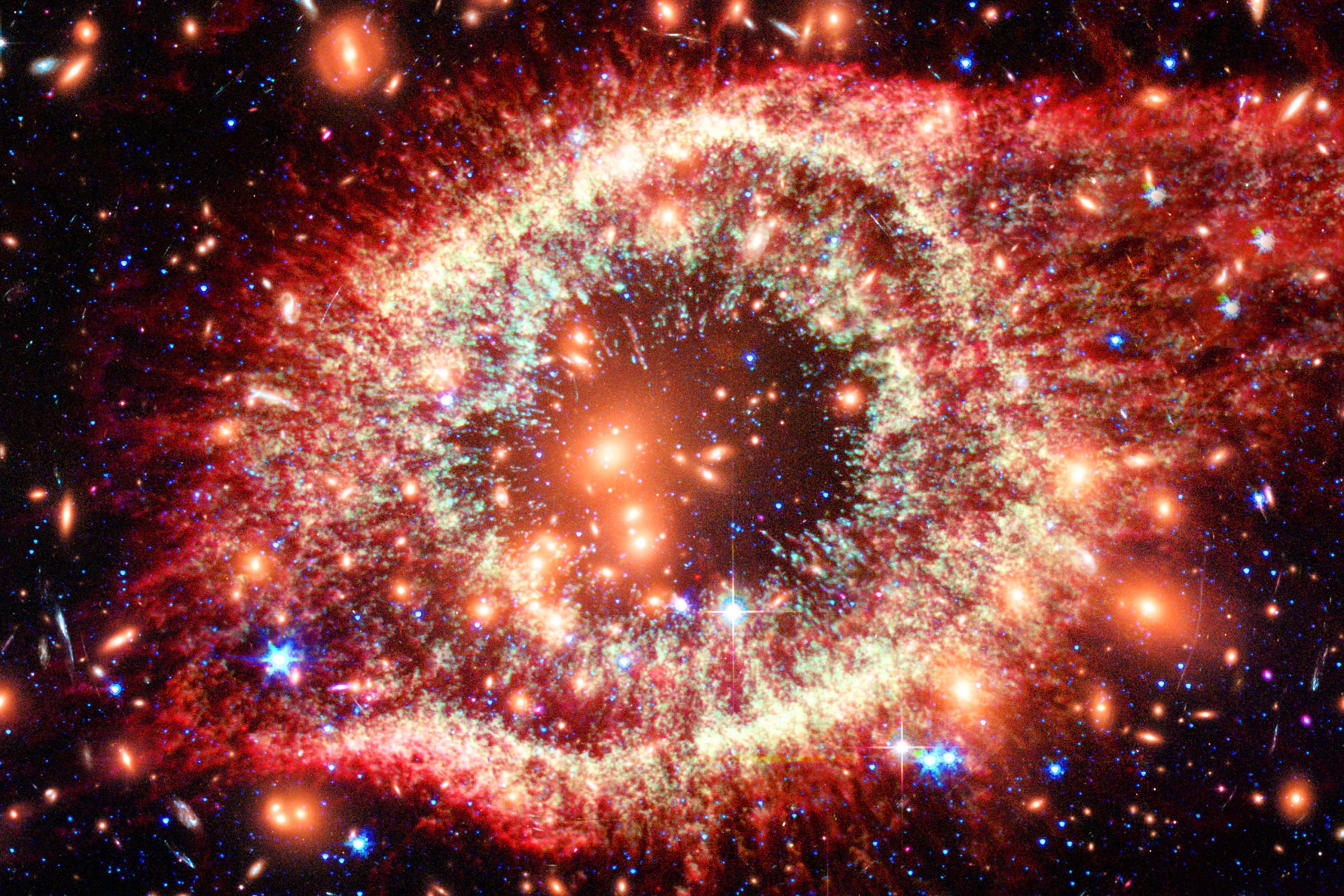There’s a scientific instrument on Antarctica called ANITA (Antarctic Impulsive Transient Antenna), a NASA-sponsored long-duration balloon payload that has made a discovery no one ever anticipated. It did not discover E.T. or a top-secret Nazi base, but something cooler.
Launched in 2006, this tool seeks out cosmic rays from space while hanging on a balloon suspended over a frozen continent. HOWEVER, during ANITA’s flight, scientists reported that its instruments detected something that physicists couldn’t explain.
ANITA has detected cosmic rays coming not from space but inside Earth
While the instrument spotted cosmic rays from space, ANITA also detected cosmic rays shooting from the ground as the high-altitude balloon drifted over the Antarctic ice sheet. This shouldn’t be possible, according to the Standard Model of Physics. It describes most of the fundamental forces and classifies elementary particles.
For a long time, scientists have known that high-energy particles can penetrate deep inside the Earth. However, none of the particles predicted by the S.M.–the most accurate physics model in existence–should have the ability to pass through Earth. A group of scientists led by the Pennsylvania State University physicist Derek Fox has developed a new theory that explains the mysterious cosmic rays coming from the Earth.
“I was like, ‘Well, this model doesn’t make much sense,'” Fox tells Live Science, “but the [ANITA] result is very intriguing, so I started checking up on it. I started talking to my office neighbor [and paper co-author] Steinn Sigurdsson about whether maybe we could gin up some more plausible explanations than the papers that have been published to date.”
They believe that what ANITA spotted while suspended over Antarctica could be evidence of an entirely new particle that lies beyond the Standard Model of physics, effectively changing the most accurate description of the universe humankind has ever known.
In other words, it would change everything we thought we knew about the universe and our understanding of physics along the way. But what exactly did ANITA see while floating above Antarctica? According to reports, the NASA-funded instrument detected particles coming at extreme angles: 27 degrees and 35 degrees, something that shouldn’t be possible according to the Standard Model of Physics.
This means two things: either the S.M. needs a significant revision, or, as Professor Fox and his colleagues suggested, ANITA may have observed the first evidence of a supersymmetric particle.











